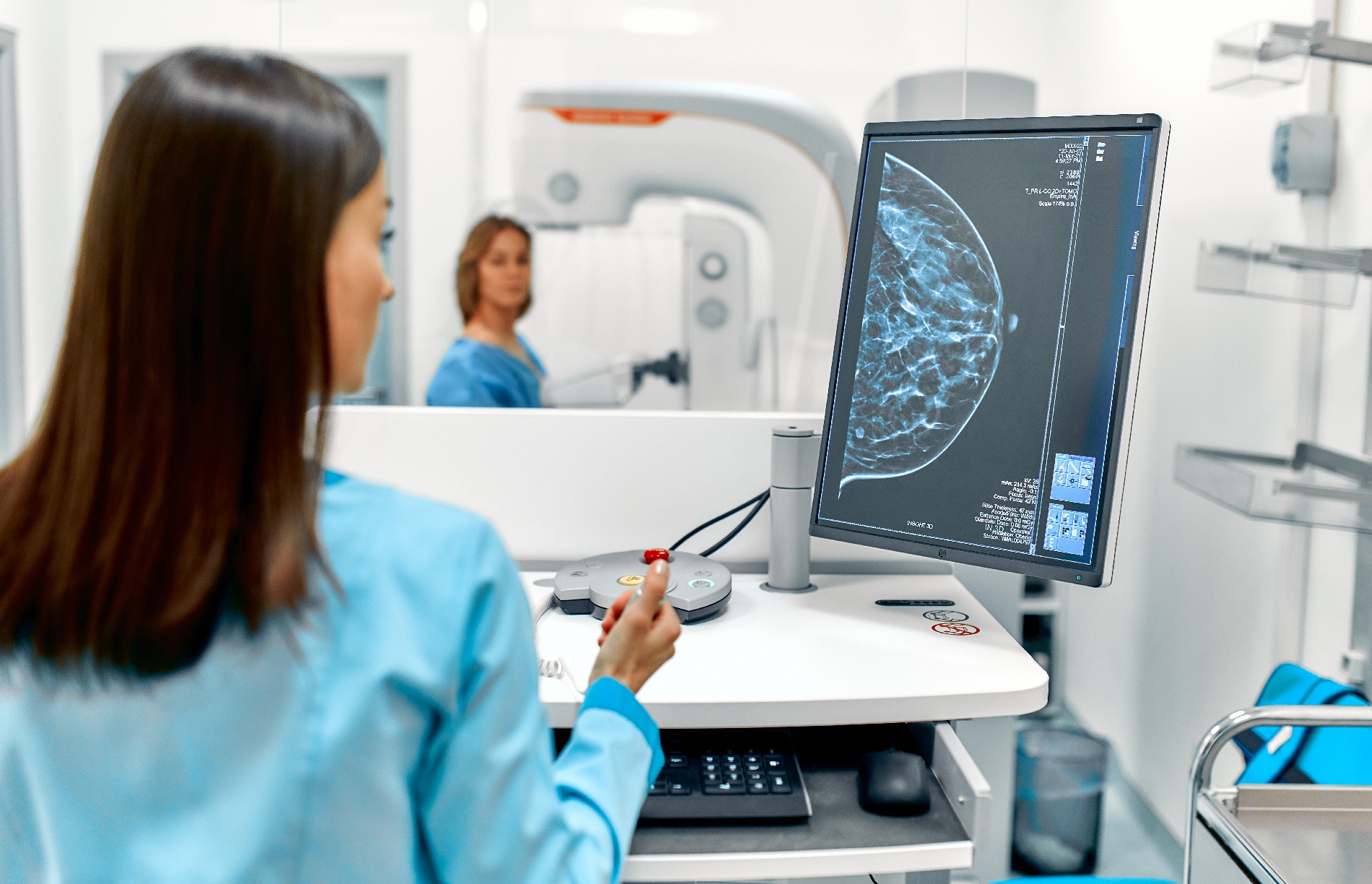 I have four friends who are breast cancer survivors; a fifth who was recently diagnosed and is beginning treatment; and a sixth who did not survive, making her one of nearly 42,000 women that breast cancer is expected to claim in 2019.
I have four friends who are breast cancer survivors; a fifth who was recently diagnosed and is beginning treatment; and a sixth who did not survive, making her one of nearly 42,000 women that breast cancer is expected to claim in 2019.
These are people in my circle. Think about the countless number of others—the friends and loved ones you know—who have fought or lost their battles. No matter who you are, chances are your life has been, or will be, touched by breast cancer in some way.
As of January 2019, more than 3.1 million women in the U.S. have a history of breast cancer, the most common cancer among women, apart from skin cancer. One in eight women (roughly 12%) and one in 883 men will develop invasive breast cancer over the course of his or her lifetime. (If the number of men affected by the disease seems low, imagine you or someone you know becomes one of over 2,600 men predicted to develop invasive breast cancer in 2019.)
It’s not always about your family history. While the risk doubles for women with a mother, sister or daughter diagnosed with breast cancer, 85% of breast cancers occur in women who have no family history of the disease. On the brighter side, progress in cancer research and early detection have improved survival rates for people of all ages and with all stages of breast cancer, resulting in more than 3.5 million breast cancer survivors in the U.S.
With early detection, the five-year breast cancer survival rate is almost 100%. In some cases, the first sign of breast cancer is a new lump or mass that can easily be felt. But symptoms can vary widely, often with no noticeable signs. Monthly self-breast exams, mammograms, and annual clinical breast exams play a critical role in early detection.
Is the cost of a mammogram stopping you from scheduling this important preventive care? Maybe you’re self-employed and have a high-deductible health plan or one that only covers a portion of major medical expenses. Maybe you have no insurance at all and regularly forego recommended annual screenings like colonoscopies and mammograms. If so, this may be the most important information you read today.
Like most people, I’ve had health insurance coverage through a variety of plans over the years—everything from no insurance to high-deductible plans that were about as helpful as no insurance. And I have a confession to make. During the times when my medical plan didn’t cover 100% of the cost of a mammogram, I often skipped the test altogether and put myself at risk. If the cost was covered, I simply went to the facility I was referred to by my physician because it was the routine I knew best.
I've since learned it was also one of the highest-priced imaging facilities in my area. In fact, I was driving at least 10 miles out of my way for a mammogram I could have received three blocks from my house at or below Bluebook’s Fair Price of $280 vs. $720 or above.
Until I joined the Healthcare Bluebook team, I had no idea I could shop for care or why it is important. After all, I reasoned, the cost of the screening wasn’t coming out of my pocket—or was it?
Ultimately, we are paying for it. Every time we schedule a service with a high-cost provider, insurance premiums rise to cover those extra costs—which explains why employers now shoulder about one-third of annual medical costs in the U.S. On average, the cost of healthcare for families with large employer health plans has increased two times faster than workers’ wages over the last decade. Employees of self-insured companies also share the burden of rising costs.
Recently, one of Bluebook’s self-insured clients stated, “We had to educate our employees to understand that it’s not the physician or the insurance company paying medical claims; they and their fellow employees are paying those claims.”
It’s that simple—and it’s the reason Healthcare Bluebook is committed to exposing the truth about healthcare cost and quality and empowering consumers to make cost-effective healthcare choices.
No matter where you schedule your mammogram or other recommended annual screening, just do it. No matter what a facility charges for a service, the cost of cancer is a much greater price to pay. Just know that you have options. Many imaging facilities offer cash discounts and some run specials with additional savings during cancer awareness months.
I just scheduled my mammogram for this year. Have you? If not, I urge you to do the same today.
If you need help finding a lower-cost facility for a procedure or service near you, or you’d like more information about how Healthcare Bluebook can help your organization lower its annual medical spend, contact us today.
